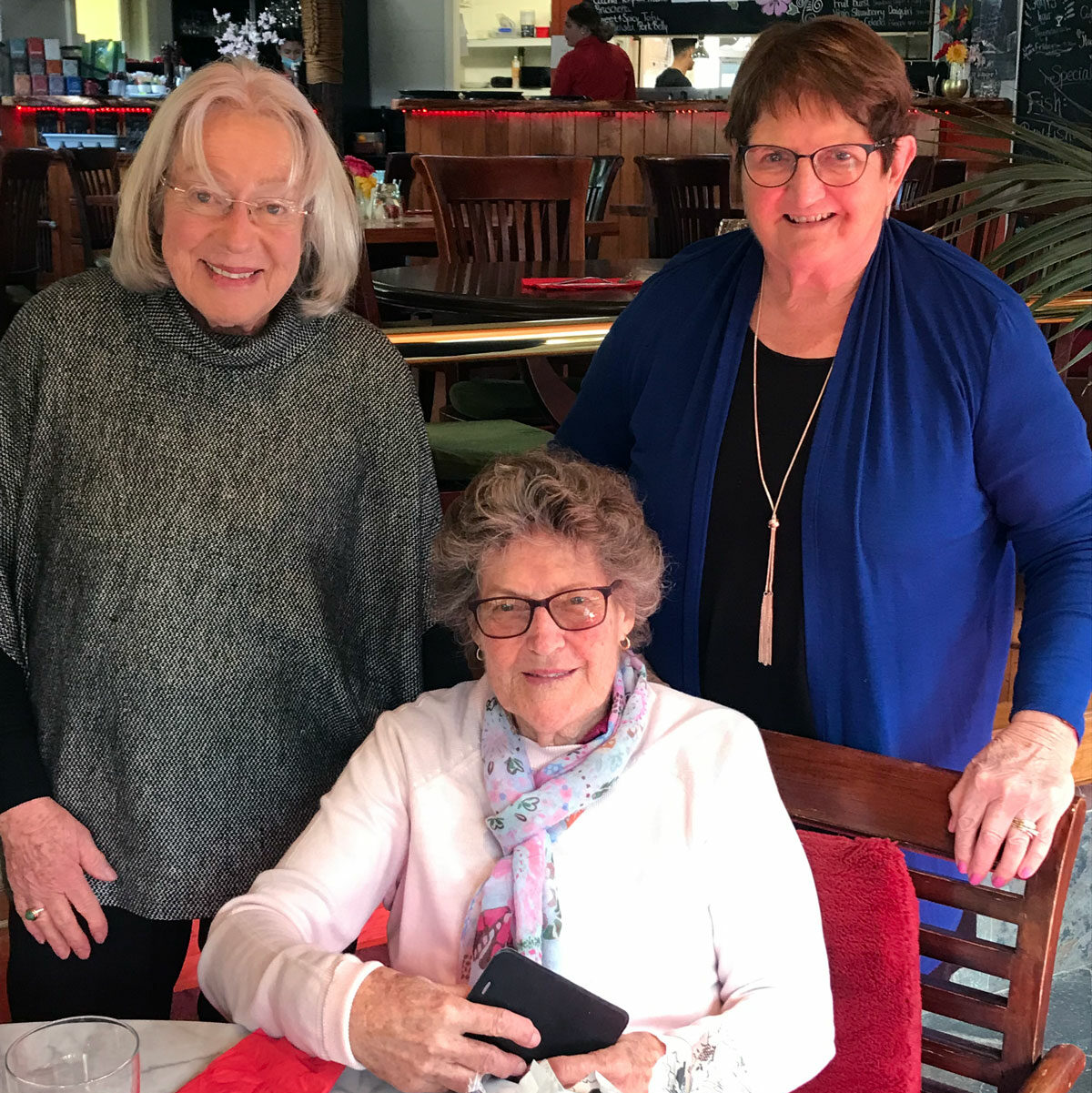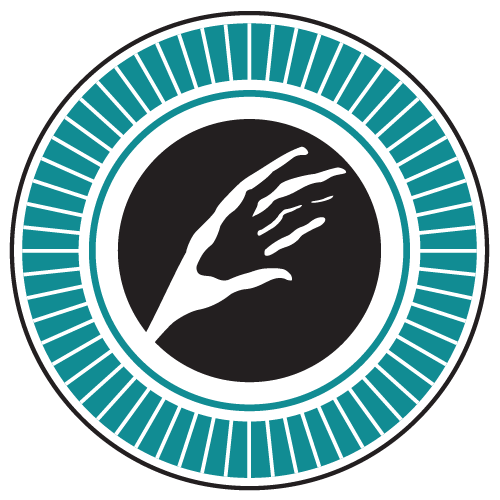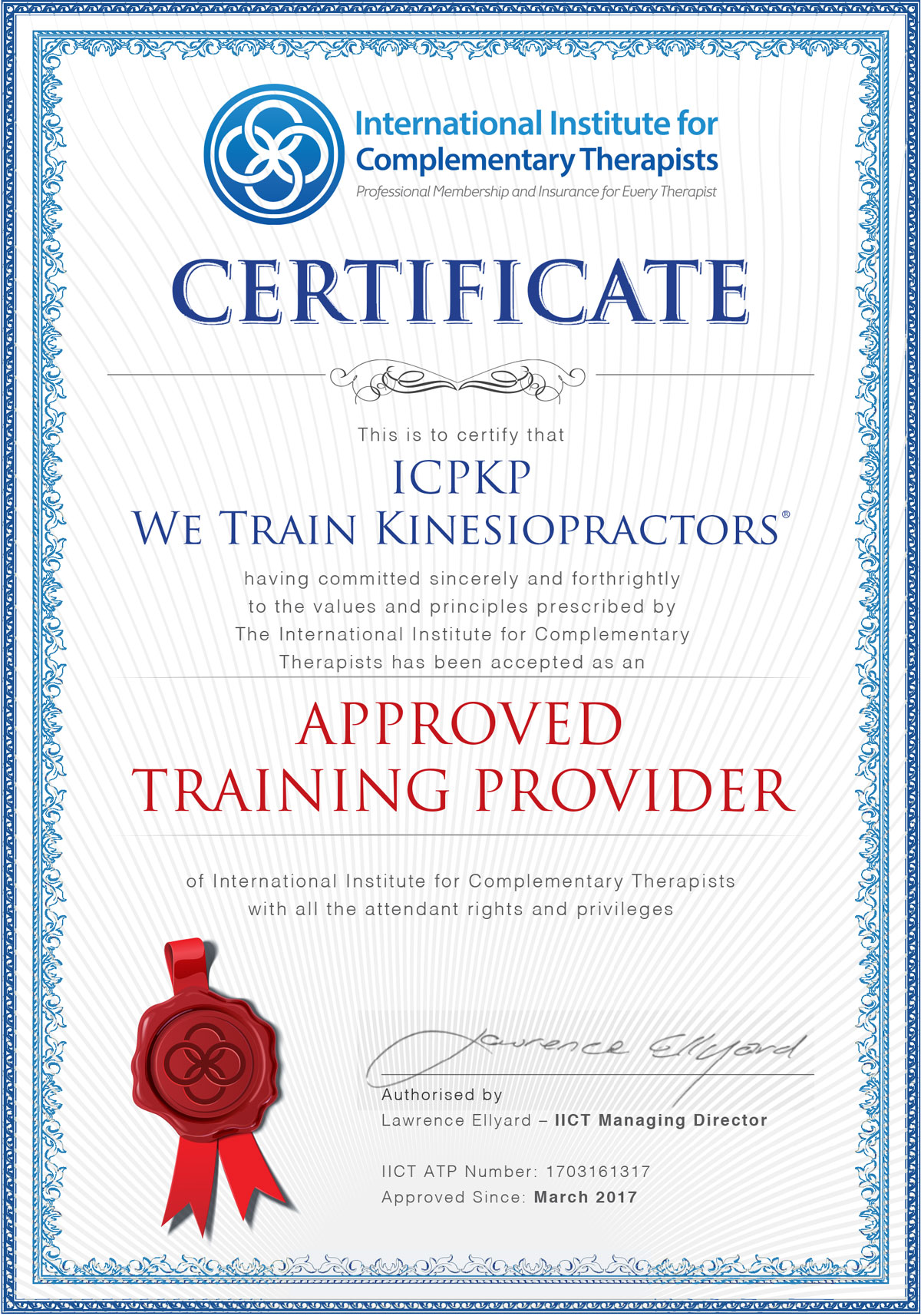PKP Research
The research to develop PKP took many years and Dr Dewe’s clinical and administrative staff were essential to this process.
Dr Bruce Dewe became a TFH Instructor in 1977 & developed both the Colour and Sound Balances in response to questions asked by students. His Goal Balance dramatically improved outcomes.
In 1978-79 teaching, clinical practice and research filled his time. He took the ICAK training & exams in 1980 while continuing research in his medical practice.

Dr Dewe wanted:
- To use muscle testing to allow a client’s body to show what it needed specifically rather than a ‘find it and fix it’ approach. He was inspired by Quantum Physics (QP) & Transactional Analysis which together give hope & the possibility of another chance. Microsoft Multiplan (pre Excel), a then new data recording option, inspired the format of the ICPKP Database.
- To find ways to test and correct more muscles than the existing 42 (TFH & AK). His interest was not just in adding 100+ extra muscles but their interdependence and reactive relationships. Dr Dewe targeted care for injured joints (eg. shoulders & ankles) in fishermen and manual workers.
Research requires staff – clinical and administrative
Dr Dewe was fortunate to have three wise women on his staff who were patient and tolerant of his need to get answers (where there were none).
Ruth Wells – Registered Nurse
Ruth organized everything clinical, as well as organising Dr Dewe, who saw answers to his research at odd times, for example when suturing a fishing injury.
The busy rural medical clinic was organized similarly to a hospital for efficiency. As well as all the normal nursing jobs, Ruth had to cope with Dr Dewe testing (muscle monitoring) patients and drawing multiple pictures of his left thumb on the fingers of his left hand. It quickly became evident that photography was simply not accurate enough to distinguish the minutia of the thumb position in all areas.
Bruce and Joan found that finger diagrams with standardized numbering along the finger joints and the mid-point between them (submodes), then adding 3 points to each one (minimodes), was easier to follow than photographs. Dr Dewe drew finger pictures all over his desktop pad. Ruth cut them out and sorted them. She and Brenda then grouped them as instructed, looking for uniformity and consistency in Bruce’s record making.
Over a period of four years, the ladies confirmed that Dr Dewe’s new, different, unique, personal, tactile, digital language was reproducible & teachable. It grew from 4 to 9+ columns as he added new Modes (eg Self Mode & Spiritual Modes). His submode and mini-mode numbering system was easily expanded.
Brenda Duncan – Practice Manager
Brenda ran a tight ship. Our town, Whitianga, was a holiday hot-spot, with a 72 boat fishing fleet, fish factory, forestry & farm workers and hippie communities.
Accidents and emergencies were common. The medical centre had its own X-ray facility. Consultations were often interrupted for emergency situations.
Then, Dr Dewe added Chinese acupuncture, nutritional medicine, EDTA Chelation and his many PKP research projects including the influence of feelings & emotions on both pain and social wellbeing. These all gave Brenda several new challenges to integrate – and she did it, and did it well.
She made it happen and even smoothed the way for patients who did not want to be research subjects or have meridians rubbed, run, poked or prodded every time they came for their ‘usual medication’.
Brenda worked with Ruth on both the consistency and integration of research recording.
Birgit Chilwell-Abrahamson – Typist
Birgit helped build a new vocabulary to record findings in a retrievable, easily usable manner. She taught Dr Dewe to use the hash symbol (eg Em #3) and again re-checked the consistency of its use. Ensuring consistency in recording research material helped when compiling the 5-Element Emotion Chart.
The three ladies all grasped Dr Dewe’s belief that there is always an emotion behind every muscle imbalance but the emotion relates to the imbalance, not that a muscle has the same emotion related to it every time. Finding the relevance and releasing the emotion leads to long-term change.
Specific protocols were introduced in PKP1 and expanded in PKP2. Birgit would check with Dr Dewe why he dictated a process one way with client X and differently with client Y. This recording consistency was invaluable when Joan and Bruce completed PKP2.
The team taught fishermen to manage chronic shoulder and hip problems at sea. They learned that taking time to balance Pelvic Postures with their own support blocks while observing and dealing with negative emotions actually improved both productivity and enjoyment.

